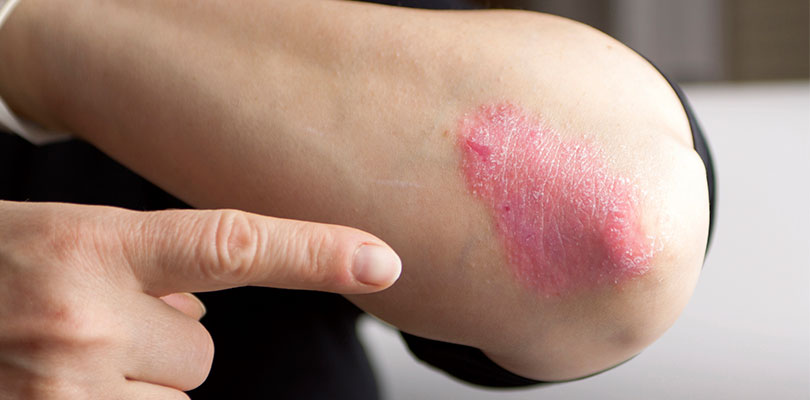How Is an HIV Diagnosis Made?
HIV is a virus that attacks the body’s immune system, specifically the T Cells. This type of infection is spread from person-to-person via bodily fluids and without proper treatment, can make the body susceptible to a host of other illnesses, including cancer and AIDS.
There are various stages of this condition and understanding more about the proper diagnosis can ensure that people are getting the help that they need.
What Is HIV?
HIV, or human immunodeficiency virus, is an incurable condition that if left untreated can lead to acquired immunodeficiency syndrome or AIDS. While the human body can effectively fight off most infections, HIV is not one of them.
Once a person is diagnosed with it, they can’t completely get rid of it. Because HIV fights the body’s immune system, people with HIV are at higher risk for contracting a variety of other illnesses over the span of their life.
However, there are medications available. If taken correctly, these medications can prolong patient’s lives and reduce the risk of spreading the disease to others.
How Is HIV Diagnosed?
Blood tests are the most effective way of determining whether or not a patient has HIV. Sometimes, HIV poses absolutely no symptoms so this can make it incredibly difficult to detect in some people. This is why regular testing is critical.
Home Testing
Currently, there are two different home tests available where individuals can test themselves in the privacy of their home to determine if they have the HIV. Keep in mind; you’ll need to drop off dried blood or saliva at a laboratory in order to get the results. If you test positive, you should consult your doctor right away for a treatment plan.
Additional Tests
Following a positive test result, there are a variety of additional tests that your doctor will conduct in order to determine the severity and stage of the illness.
Remember, it can take up to six months for the virus to present itself in the body. If you test negative the first time, repeat the tests in a few months in order to confirm the results.
There are faster tests available in which the test examines the HIV antigen, a protein produced by the virus as soon as the body is exposed to it. This can allow people to create a plan much faster.
- CD4 T Cell Count. CD4 T Cells are destroyed by the HIV. A count of these cells will help identify if your cells are in the healthy, HIV, AIDs range. Keep in mind, once CD4 T Cells drop below 200, then you are in the AIDs range of the disease. For some patients, they may not even have any symptoms.
- Drug Resistance Tests. Some strands of the HIV are incredibly resistant to certain medications. Learning whether or not patients respond to certain drugs will help doctors create a better treatment plan.
- HIV Viral Load Test. Finally, the HIV viral load test helps determine how much of the virus in the blood. It is said that a higher viral load count indicates a worse prognosis. Also, it is better for patients to have an undetectable HIV viral load number because it means that your immune system can somewhat recover from the illness. Additionally, it means that the virus is likely to respond better to medications.
Choosing a rehab facility that's right for you is no easy task. Use this guide with actionable steps to aid in getting the process started.
Physical Examination of HIV Patient
While HIV may never present physical symptoms, during a physical examination of HIV patients, doctors will pay particular attention to specific areas of the body. A physical exam of HIV patient may include:
- Examining organs in the abdomen.
- Pressing along lymph nodes to feel for swelling.
- Search for skin lesions and sores.
- Ask about any physical changes.
- Evaluate your nervous system.
- Listen to your lungs.
HIV Patient Information to Be Aware Of
Once a person is diagnosed with HIV, there is a variety of HIV patient information recourse that they should look into. Some of the common areas of interest include:
- Discussing with your doctor about resources and information to stay abreast of the latest HIV research.
- Joining a support group to learn to live and cope with the virus.
- Reaching out to a nutritionist to learn about foods that may boost your immune system.
- Learn more about ways you can live a healthier lifestyle to reduce your chances of contracting illnesses.
There is a variety of HIV patient information out there, but it’s best to rely on the expertise of your doctor to guide you to the most significant resources.
Overview
HIV is currently an incurable disease. However, there is hope for people to create effective treatment plans to improve their quality of life drastically.
If you or someone you know suspects that they may have HIV then they should take the proper steps to stay safe (i.e., having protected sex, not sharing needles, etc.) until their doctor’s appointment in order to receive a proper HIV diagnosis. Contact your doctor today to receive more information.







